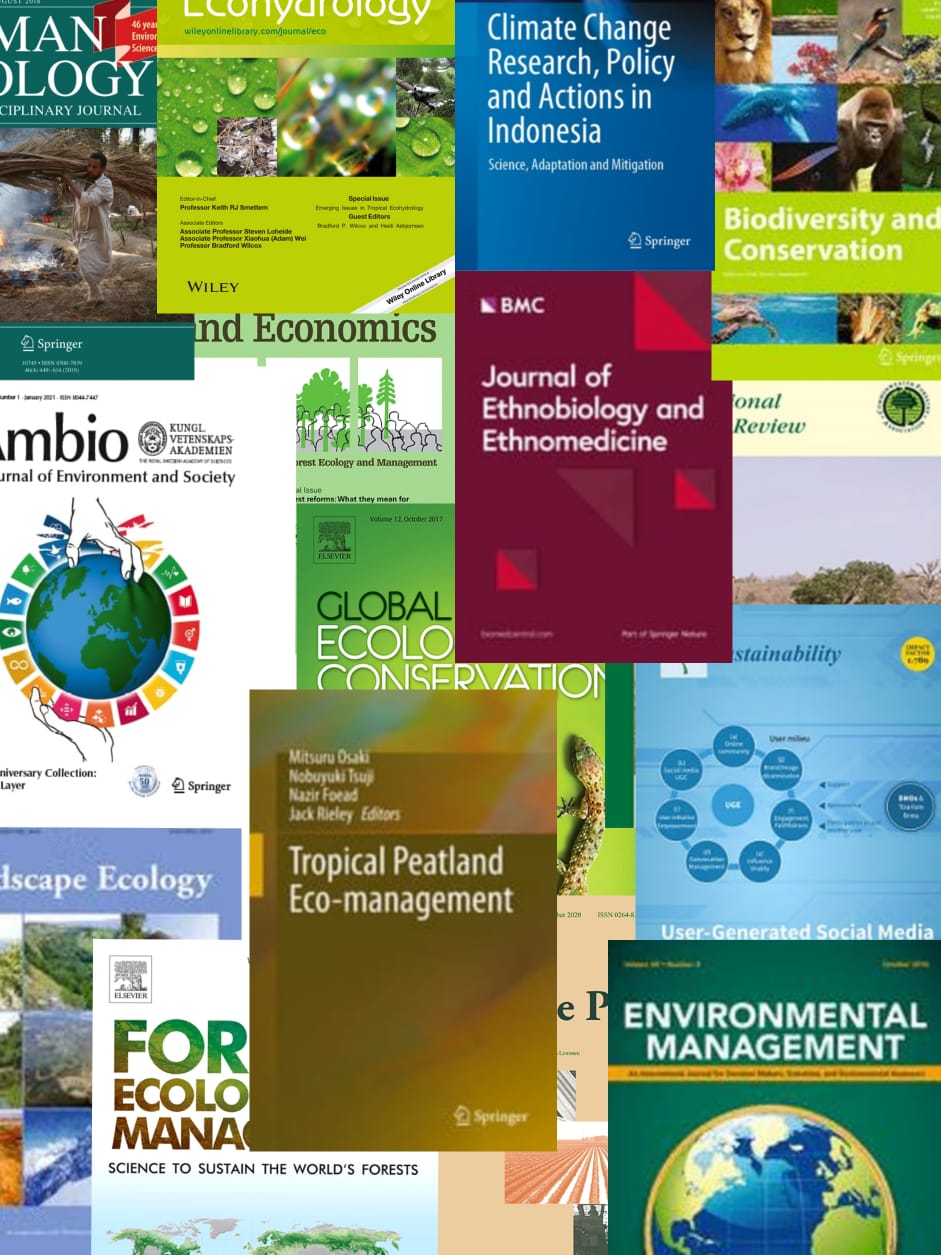Deforestation fires are hindering climate change mitigation efforts and compounding global environmental challenges. Indonesia and Brazil have experienced high rates of deforestation fires in recent years, with many of the fires burning in peatland-rich ecosystems. We quantify the greenhouse gas (GHG) emissions associated with the 2019 and 2020 deforestation fires in both countries and determine the share of emissions originating from peatlands. Specifically, we use publicly available data for deforested area estimates and quantify the above-ground biomass (AGB), dry matter, and peat soil emissions associated with these fires. We find that the cumulative emissions impact from deforestation fires in Indonesia and Brazil was 3.7 (±0.4) and 1.9 (±0.2) Gt CO2eq in 2019 and 2020, respectively. Nearly half of this GHG impact can be attributed to emissions from peatlands. However, real-time monitoring tools can underestimate these emissions as fires in peatlands smolder underground and can go undetected by satellites. We compare our results with publicly available land-use and fire emissions data and find that the magnitude of underestimation is of the order of 200–300% for severe fire years and highest in the peatland-rich Brazilian Pantanal. We identify the gaps in current policies that are exacerbating the GHG and climate impacts of deforestation fires in Indonesia and Brazil and emphasize the need for regular pre- and post-fire ground measurement, transparent data sharing, and robust policy enforcement for effective forest and peatland protection.
View source

